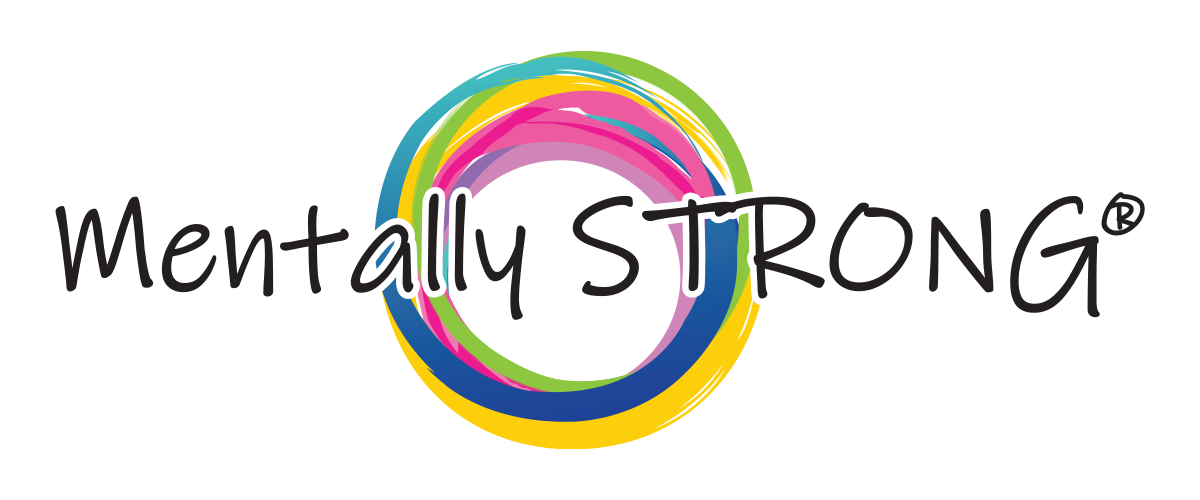Dr. Cristi Bundukamara, Ed., PMHNP (aka, Dr. B.), founder and creator of the Mentally STRONG Method, continues her series, “Demystifying the DSM,” with an explanation of dysthymia or persistent depressive disorder.
What is Dysthymia or Persistent Depressive Disorder?
It is not common to see patients in therapy for dysthymia, as it is not as severe as major depressive disorder but rather a pervasive feeling of generally being depressed but functional. Dysthymia includes the following symptoms throughout a person’s lifetime:
- Poor appetite
- Low energy, fatigue
- Low self-esteem
A lack of motivation to excel instead of just surviving
Life coaches usually try to inspire people with dysthymia, people just skating through life who are not happy but not depressed, either. Think of Eeyore in Winnie the Pooh. Eeyore had friends and participated in activities but was always unhappy.
Major Depressive Disorder Vs. Persistent Depressive Disorder
Patients with persistent depressive disorder do not usually have thoughts of self-harm or interference in their daily life, as seen in major depressive disorder, but rather experience a pervasive sadness that follows them for most of their lives as they go about their daily routines. This long-term sadness is caused, typically, by low neurotransmitters such as serotonin, norepinephrine, and dopamine. As such, treatment with a low-dose antidepressant can be very successful.
Whether suffering from a persistent depressive disorder or major depressive disorder, you deserve to be Mentally STRONG and happy.

